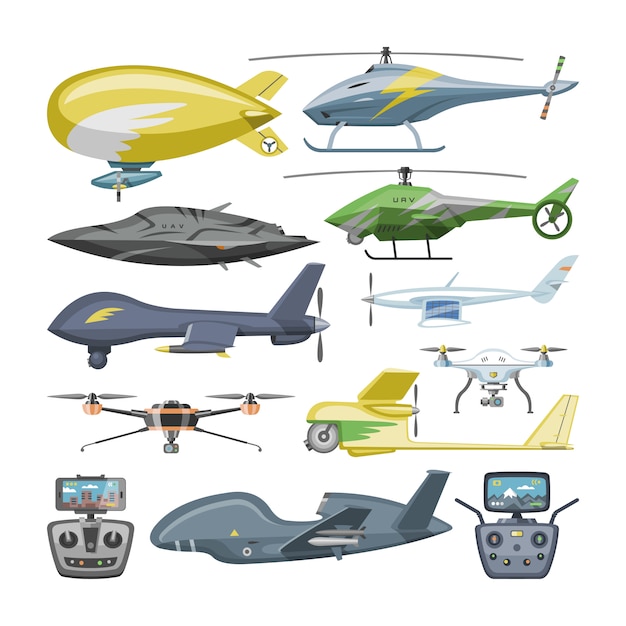

The high expense of the peroxide propellant.Short duration of flight (a maximum of around 30 seconds).The main disadvantages of this type of rocket pack are: The classical rocket pack construction of Wendell Moore can be made under workshop conditions, given good engineering training and a high level of tool-making craftsmanship. In contrast to, for example, turbojet engines, which mainly expel atmospheric air to produce thrust, rocket packs are far simpler to build than devices using turbojets. Using a peroxide-based propellant greatly reduces the risk of a fire/explosion which would cause severe injury to the operator. However, although the exhaust gases from the peroxide-based engine are very hot, they are still significantly cooler than those generated by alternative propellants. Currently, such rocket belts can only fly for about 30 seconds (because of the limited amount of fuel the user can carry unassisted).Ī more conventional bipropellant could more than double the specific impulse. The jet of steam and oxygen can provide significant thrust from fairly lightweight rockets, but the jet has a relatively low exhaust velocity and hence a poor specific impulse. The great disadvantage is the limited operating time. This hot gas is used exclusively as the reaction mass and is fed directly to one or more jet nozzles. The reaction is exothermic, i.e., accompanied by the liberation of much heat (about 2,500 kJ/kg ), forming in this case a steam-gas mixture at 740 ☌. Pure hydrogen peroxide is relatively stable, but in contact with a catalyst (for example, silver) it decomposes into a mixture of superheated steam and oxygen in less than 1/10 millisecond, increasing in volume 5,000 times: 2 H 2O 2 → 2 H 2O + O 2. Nearly pure (90% in the Bell Rocket Belt) hydrogen peroxide is used.

Hydrogen peroxide-powered rocket packs Ī hydrogen peroxide-powered engine is based on the decomposition reaction of hydrogen peroxide. It was oxygen-and- methane-powered (likeliest a rocket) with wings each roughly 1 m (3 feet) long. Later it was issued a patent but apparently was not built or tested. The project was well regarded by Nikolai Rynin and technology historians Yu. The first pack design was developed in 1919 by the Russian inventor Alexander Andreev. Liquid-fuelled rocket pack Andreyev: oxygen-and-methane, with wings This results in problems relating to the overall mass ratio, which limits the maximum flight time to a few minutes, rather than the sustained flight envisaged in science fiction. While some designs have power and/or mass supplied from an external, ground-based source, untethered flight requires all of a flight's fuel to be carried within the pack. This necessarily requires the jet pack to continually push mass in a downwards direction. With the exception of use in a microgravity environment, this thrust must be upwards so as to overcome the force of gravity, and must be enough to overcome the weight of the user, the jet pack itself and its fuel. In the most general terms, a jet pack is a wearable device which allows the user to fly by providing thrust.

4.5 Fritz Unger: jet pack with rigid wings.4.4 Troy Hartman: jet pack and parafoil.4.2 Visa Parviainen's jet-assisted wingsuit.3 Hydrogen peroxide-powered rocket packs.2.1 Andreyev: oxygen-and-methane, with wings.


 0 kommentar(er)
0 kommentar(er)
